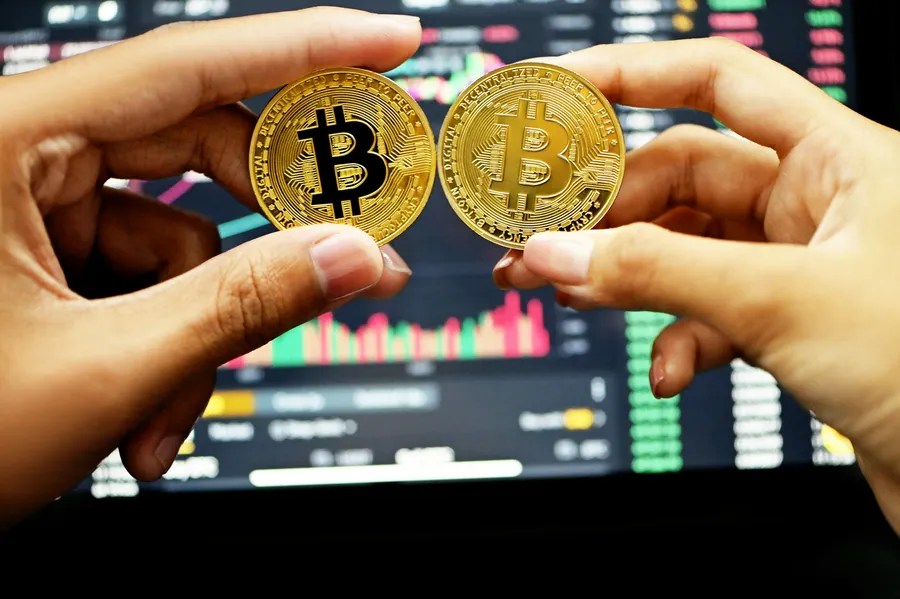What is Asset Swap? – Easily Switch Between Cryptocurrencies

Title: The Asset Swap: A Double-Edged Sword in Crypto Trading
Subtitle: Navigating Through Hacks, Bugs and Scams While Seeking Convenience
Hey there fellow crypto enthusiasts! It’s your ol’ pal Valerii Wilson here, the guy who’s been through enough hacking attempts to write an entire book on it (if only I had time). Today we’re diving head-first into asset swap – a term that might sound like harmless jargon but has been causing quite a stir in the crypto world.
First things first, what is asset swapping? Simply put, it’s the process of trading one cryptocurrency for another on a decentralized exchange (DEX). Sounds easy enough, right? Well, hold your horses because with great convenience comes…you guessed it, potential pitfalls.
Think of asset swapping like crossing a busy street during rush hour. You can do it safely if you’re cautious and watch out for oncoming traffic (scams, hacks, and bugs). But slip up once, and BOOM! Just like getting hit by a car.
Let me share two tales from the crypto trenches:
Remember the infamous “Dravey Drainer” incident? A cleverly disguised smart contract bug allowed thieves to siphon off nearly $8M worth of cryptocurrencies from DYdX, a popular decentralized exchange. It all started with an innocent-looking asset swap.
Last year, we had the NFT frenzy where people were literally paying millions for digital art (seriously, who am I to judge?). Scammers saw this as an opportunity and started offering “exclusive” assets at a ‘discount’ through phishing links that led users to fake swapping platforms.
Now before you start thinking I’m completely against asset swapping, let me remind you that it isn’t all doom and gloom. In fact, under the right conditions, it can be as beneficial as wearing a raincoat during a downpour (i.e., keeps you dry).
Unlike centralized exchanges where transactions can take hours due to verification processes, DEXs allow for quick asset swaps, sometimes within seconds! This makes it ideal for traders who want to capitalize on short-term market fluctuations.
Ever felt like your privacy was being invaded when you had to provide KYC documents to centralized exchanges? With DEXs, you don’t have to worry about that. You can trade cryptocurrencies anonymously and without any verification.
Remember when mom told you not to run with scissors? Well, in crypto-land, she’d probably say something like this:
- Vet Your Smart Contracts: Always review the smart contract code before interacting with it. Use reputable audit firms or platforms that provide security reports.
- Stick to Trusted DEXs: Do your research on the decentralized exchange you’re using. Look at their track record, community reviews, and whether they have a bug bounty program in place.
- Use Hardware Wallets: Keep your private keys secure by storing them offline in a hardware wallet. This will protect you from phishing attacks and malicious software.
- Keep Your Software Updated: Make sure you’re running the latest version of your crypto wallets and DEX platforms. Updates often include security patches to address known vulnerabilities.
So there you have it, folks-the double-edged sword that is asset swapping in cryptocurrencies. While it can provide lightning-fast transactions and anonymity, it also comes with its fair share of risks. Just like crossing that busy street, all it takes is one misstep to find yourself in hot water. But fear not, armed with the right tools and knowledge, you can navigate through this exciting yet treacherous world of digital assets.
Stay safe out there, and remember-trust your gut, double-check everything, and never forget the power of a good hardware wallet!









